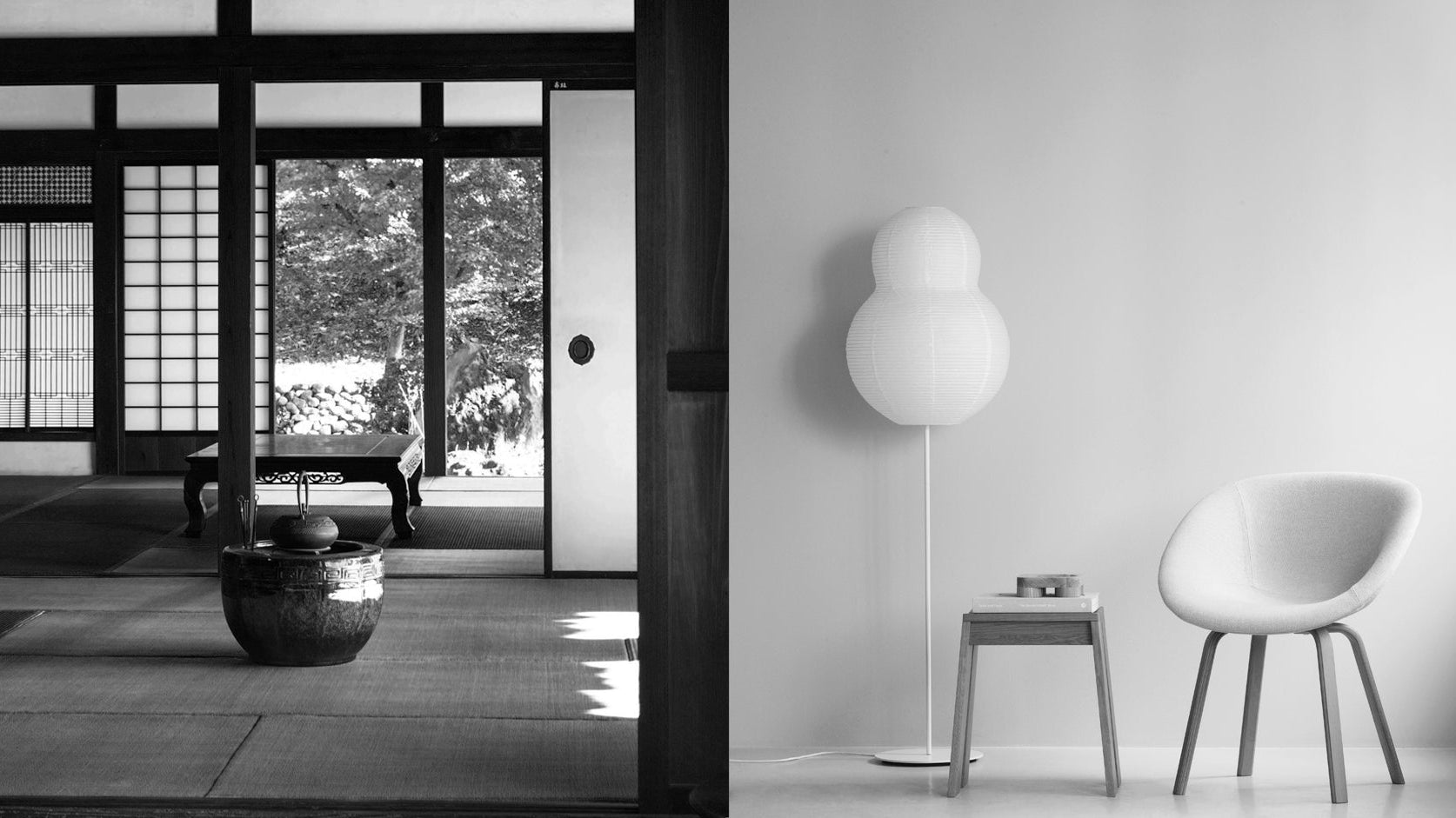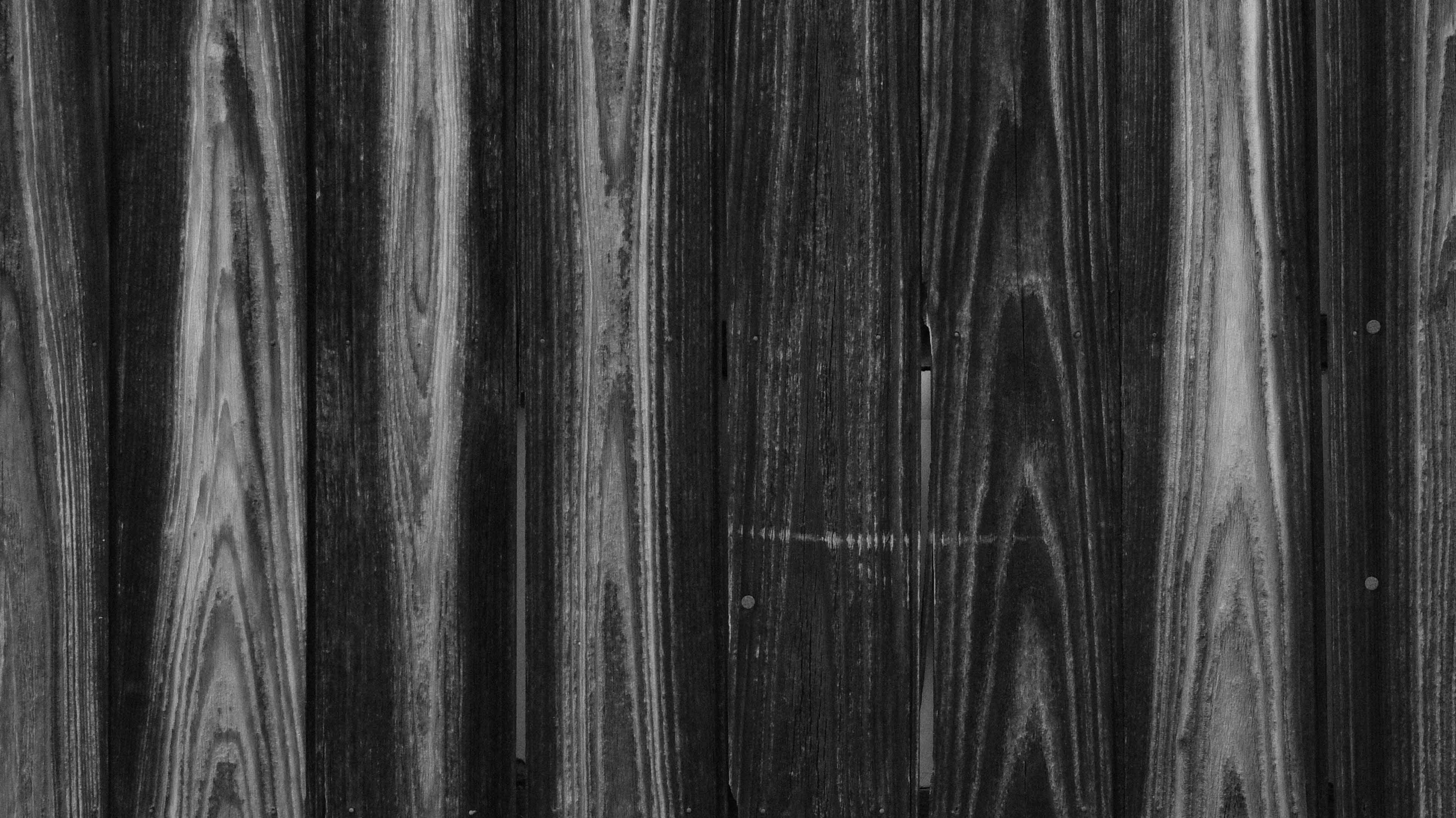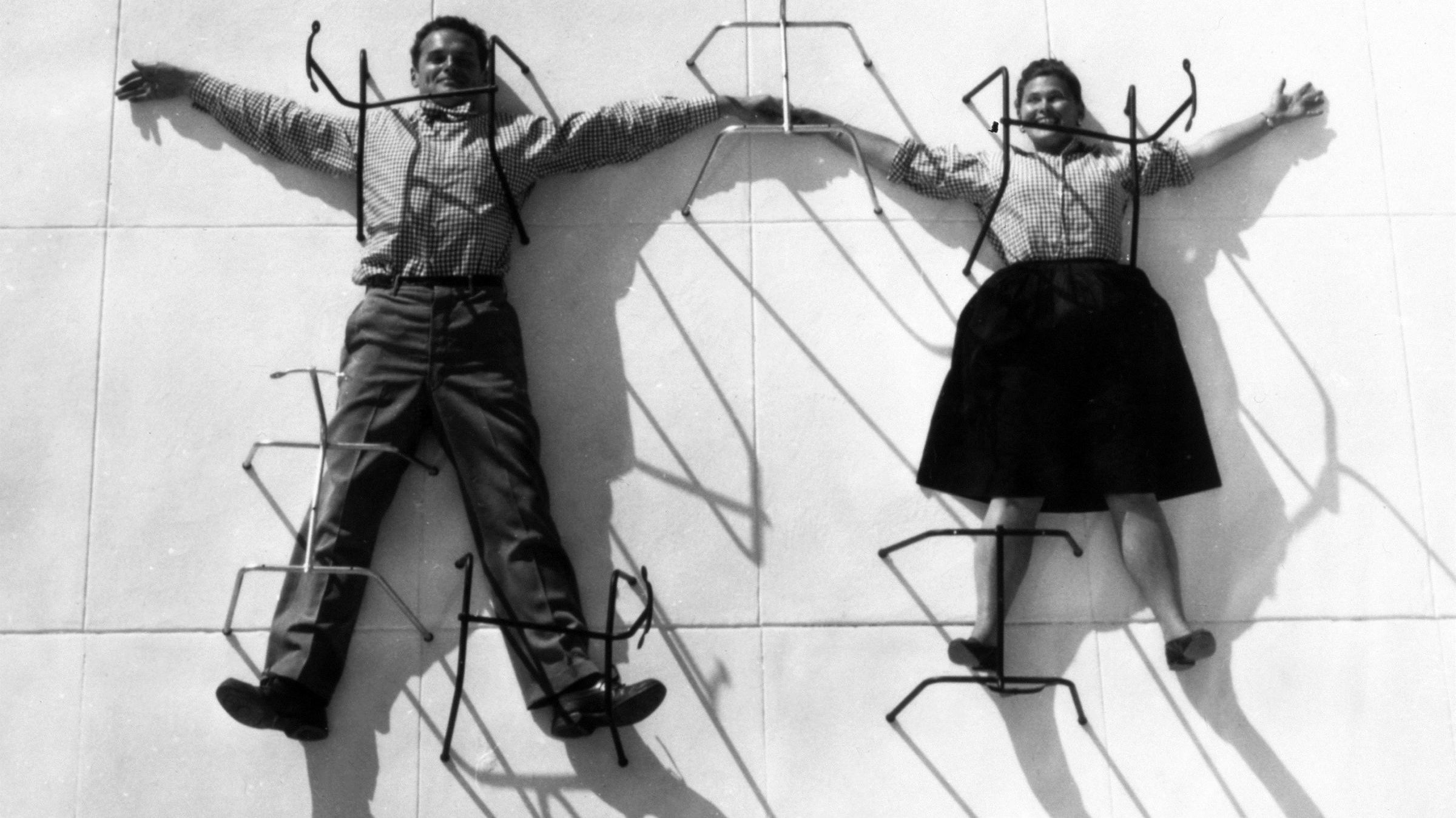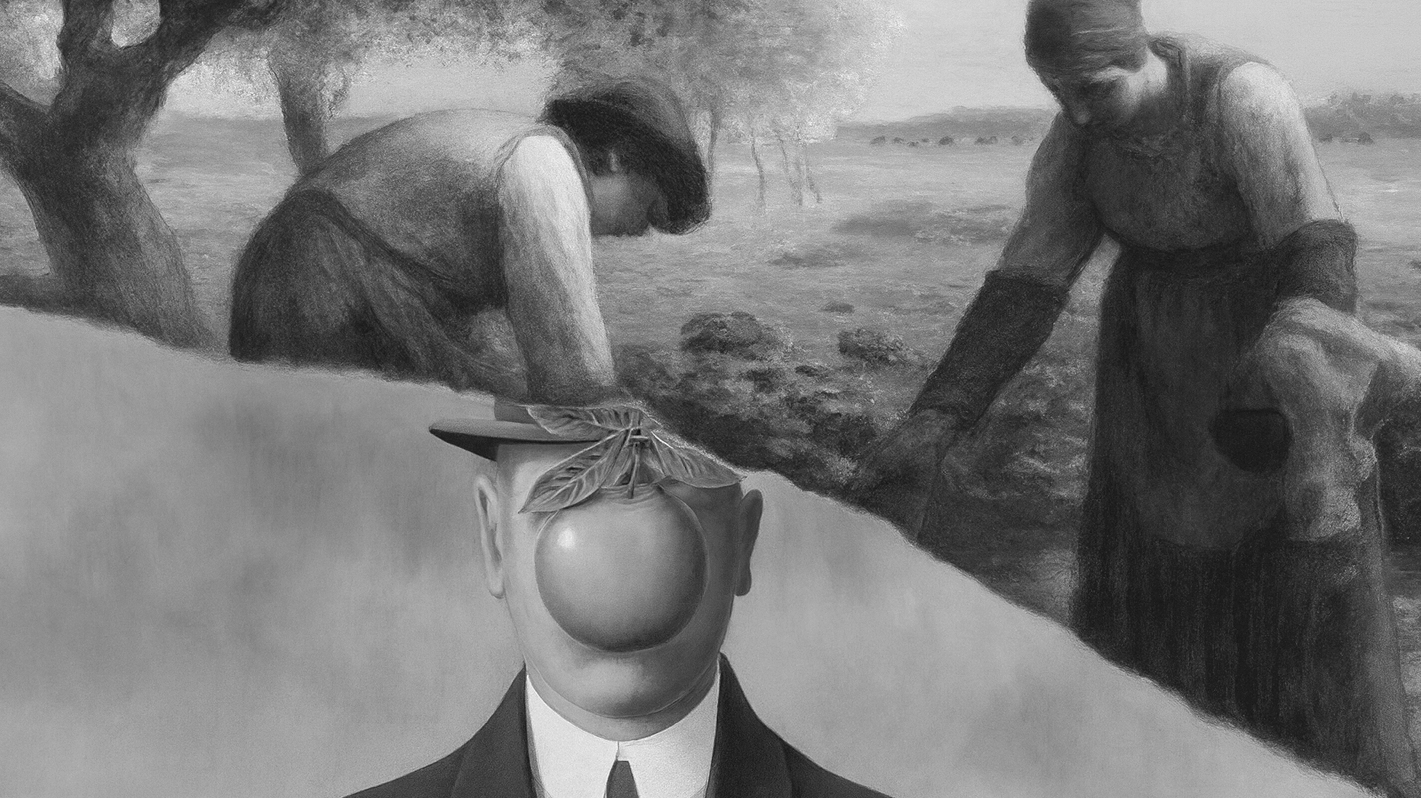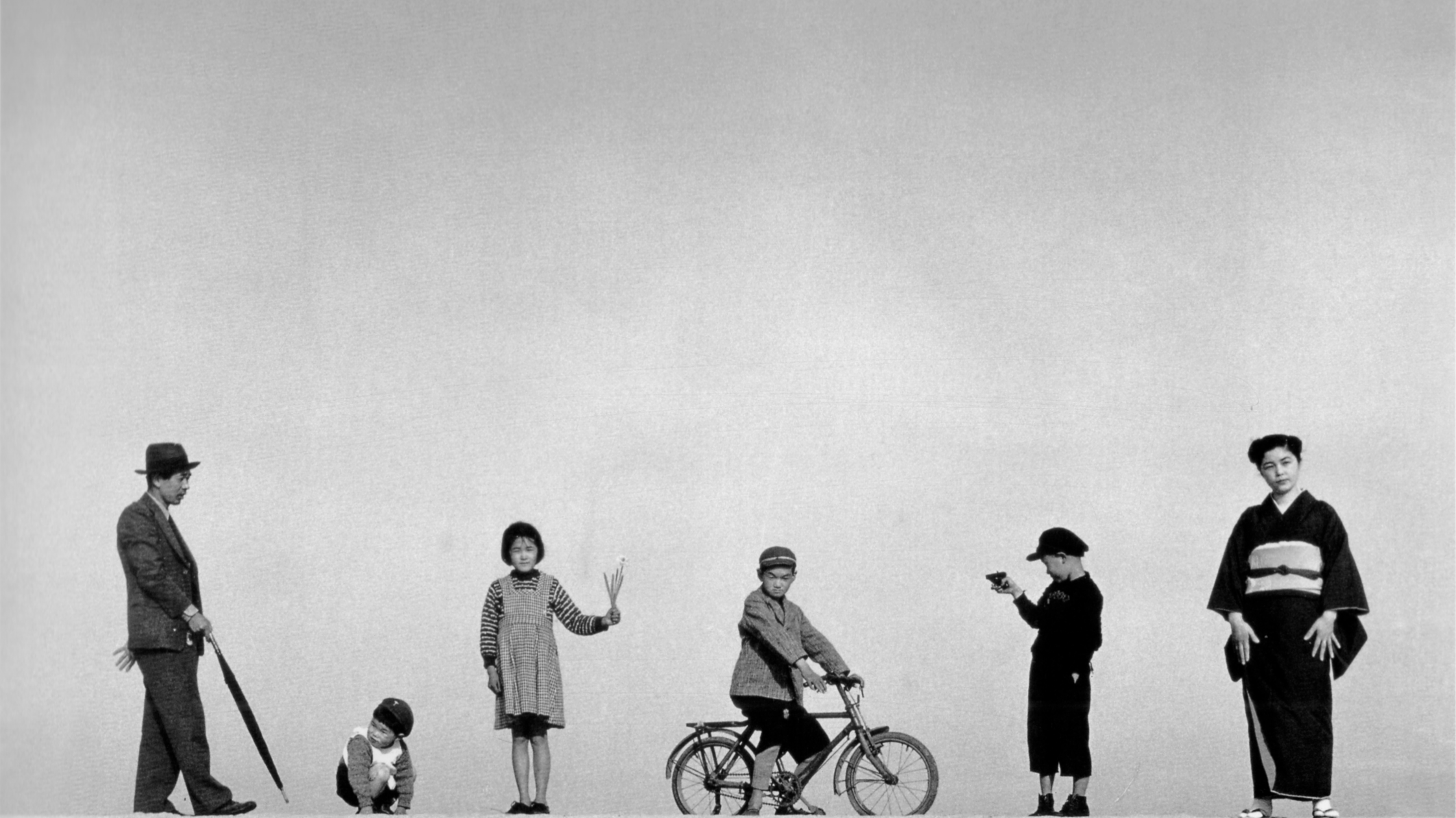Noh masks may appear eerie or beautiful, but they are far more than stage decorations. As one of the most distinctive symbols of Japanese theatre, each mask embodies a character, an emotion, and a cultural story. Rooted in centuries-old tradition, these masks reveal the history and symbolism behind Japan’s oldest performing art.
What is Noh Theatre?
Noh Theatre, also known as Nohgaku, is one of Japan’s oldest performing arts with a history spanning more than 600 years. It blends drama, music, and dance into a highly stylized form of storytelling, defined by slow and deliberate movements, poetic language, and symbolic narrative. Many plays draw inspiration from folklore, literature, history, and religion, weaving tales that explore universal themes of love, loyalty, revenge, and redemption.
A defining feature of Noh is its use of masks. Performers believe these masks carry spiritual power, transforming them beyond mere stage props into symbols of deep cultural and mythological significance. When an actor wears a mask, it becomes an act of transformation and a way of embodying characters and emotions that transcend the everyday self.
Through this combination of masks, movement, and symbolism, Noh Theatre reflects the complexities of human emotion and the essence of Japanese cultural identity. It remains a timeless art form that offers audiences both aesthetic beauty and profound insight into the human experience.
The Origins of Noh Masks in Japanese Theatre
Noh masks trace their beginnings to the 14th century during Japan’s Muromachi period. Rooted in Shinto and Buddhist ritual, Noh developed as both storytelling and spiritual expression. Performers valued the principle of yūgen, the subtle beauty of depth and mystery. To embody this aesthetic, they concealed individual features and imperfections, allowing the mask to express emotions beyond the limits of the human face.
These masks were never regarded as simple props. They were believed to channel spirits, deities, and otherworldly beings, transforming each performance into a spiritual act. Passed down through generations, Noh masks became sacred cultural treasures, preserved within families and theatrical lineages.
Over time, the designs grew more refined. Subtle lines and carved details captured the essence of each role, enabling masks to convey joy, grief, serenity, or anger with remarkable nuance. In doing so, Noh masks allowed actors to transcend themselves, blurring the boundary between the physical world and the metaphysical realm.
The Symbolism of Noh Masks
Each Noh mask in the theatre repertoire represents a distinct character archetype, from deities and spirits to demons and humans. These roles are never just characters on stage. They embody broader cultural and mythological ideas, giving the masks profound symbolic meaning.

For example, a mask portraying a deity can represent divine authority or spiritual presence, while a ghost mask evokes the ethereal realm of the afterlife. Through subtle design and expression, each mask conveys layers of meaning that deepen the performance and connect audiences to Japan’s cultural imagination.
Noh masks are therefore more than theatrical tools. They serve as vessels of symbolism, drawing spectators into themes of life, death, and the spiritual world, while enriching the emotional and cultural impact of the performance.
The Art of Crafting Noh Masks
The creation of a Noh mask begins with the careful selection of Japanese cypress, a wood prized for its durability and workability. Skilled artisans shape and carve the block with precision, forming a facial structure that embodies the essence of the character.
Every mask is brought to life through extraordinary attention to detail. Delicately carved eyebrows, fine lines around the eyes, and subtly contoured mouths allow the mask to capture complex emotions and unique personality traits.
After carving, the mask undergoes a painstaking refinement process, ensuring it is both structurally sound and visually compelling. The finished work is not only a striking piece of craftsmanship but also a vessel of cultural meaning. Each mask carries the artistic legacy of Noh theatre, uniting technical mastery with centuries of tradition.
Types of Noh Masks and Their Meanings
Noh masks are central to the art of Noh Theatre, with each mask representing a distinct character archetype. These characters embody broader cultural and mythological ideas, allowing the masks to carry profound symbolic meaning.
With around 250 types in existence, Noh masks range from the serene Ko-omote mask of a young woman to the fearsome Hannya mask of a vengeful spirit. Others, such as masks for deities, elders, or ghosts, reflect the spiritual and emotional depth of Noh performance.
Meticulously crafted and richly expressive, these masks transport audiences into the world of ancient Japanese traditions and symbolic storytelling. Their subtle details invite spectators to explore layers of meaning and emotion, ensuring that Noh Theatre continues to captivate and preserve cultural heritage across centuries.

Hannya Noh Mask
The Hannya mask is one of the most iconic and captivating masks in Noh Theatre. It embodies the spirit of a woman consumed by jealousy and rage, transformed into a vengeful demon. In Noh plays, it often represents women driven by tragic love and betrayal, serving as a haunting reminder of how destructive unchecked emotions can be.
The mask itself is instantly recognizable. Its sharp, glaring eyes, furrowed brows, and twisted mouth with protruding fangs convey both fury and anguish. This duality makes the Hannya mask especially powerful, as it captures the pain behind the spirit’s malevolence.
Beyond the stage, the Hannya mask has become an enduring symbol in Japanese culture. Traditionally, it is believed to ward off evil and protect against misfortune, turning its terrifying visage into a charm of protection as well as a reminder of the darker side of human emotion.

Ko-omote Noh Mask
The Ko-omote mask, whose name literally means “small face,” is one of the most widely used female masks in Noh Theatre. It represents young women, noble ladies, and sometimes supernatural beings. Carved with delicate features such as gently arched eyebrows, soft lines around the eyes, and a finely shaped mouth, the Ko-omote conveys youth, beauty, and subtle emotion. Its simplicity allows actors to suggest a wide range of feelings with the slightest change in angle or lighting.
In Noh performances, all female roles are traditionally played by men. The Ko-omote mask makes this transformation possible, enabling male performers to embody feminine grace and emotional depth. Through their skillful movement and vocal delivery, they bring the mask to life, captivating audiences with both its beauty and its symbolic power.

Okina Noh Mask
The Okina mask is regarded as one of the most sacred in Noh Theatre and is sometimes treated as the embodiment of a deity. It symbolizes blessings of longevity and prosperity, and has been revered in Japan for centuries. As the oldest mask in the Noh repertoire, Okina depicts an elderly man with a long white beard, a figure associated with wisdom and dignity.
In performance, the character of Okina appears in ceremonial and celebratory plays, embodying joy and auspiciousness. His presence expresses deep respect for the wisdom of age and the enduring value of tradition, making the Okina mask a powerful link between theatre, spirituality, and cultural heritage.

Tengu Noh Mask
The Tengu mask represents one of the most fascinating supernatural figures in Japanese folklore. Tengu are mythical beings often shown with long noses and bird-like traits. They are protectors of mountains and forests, yet also tricksters with magical powers and hidden wisdom. In Noh Theatre, the Tengu mask brings an air of otherworldliness, its elongated nose instantly marking the character’s presence on stage.
Through precise and deliberate movements, actors embody the Tengu’s mysterious persona, shifting between wisdom, mischief, and supernatural power. This performance tradition captures the dual nature of the Tengu, keeping audiences entranced with both awe and unease.
Beyond the stage, the Tengu mask remains a cultural icon. It appears in traditional festivals, visual arts, and continues to inspire modern popular culture, ensuring that the legend of the Tengu endures in Japan’s imagination.
How Noh Masks Are Chosen for Performances
In Noh Theatre, the choice of mask is made by the main actor, known as the shite (シテ). Rather than being predetermined, the selection depends on the specific play and the character being portrayed. The shite carefully considers which mask best embodies the role and makes the final decision, ensuring that the performance captures the intended emotion and symbolism.
Each mask is not only a theatrical tool but also a work of art, reflecting the skill and devotion of generations of artisans. By selecting the mask with care, the shite bridges craftsmanship and performance, allowing audiences to experience the beauty, cultural depth, and emotional power that define Noh Theatre.
Read More Art Articles:
• What is Kintsugi? The Japanese Art of Repair and Finding Beauty in Imperfection
• 5 Hidden Principles Behind Japanese Design Aesthetics
• Negative Space in Art, Design, and Photography: Definition, Meaning, and Examples
• The Secret Meaning Behind Japanese Summer Colors

